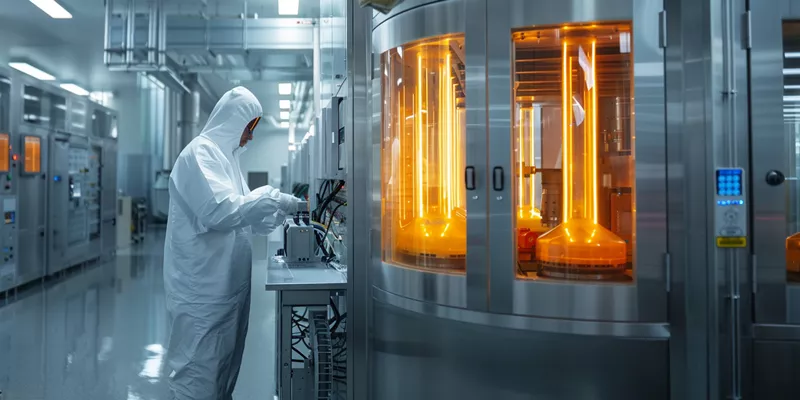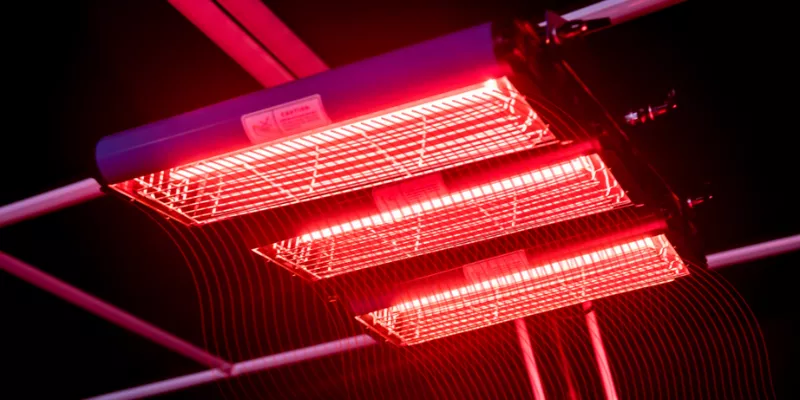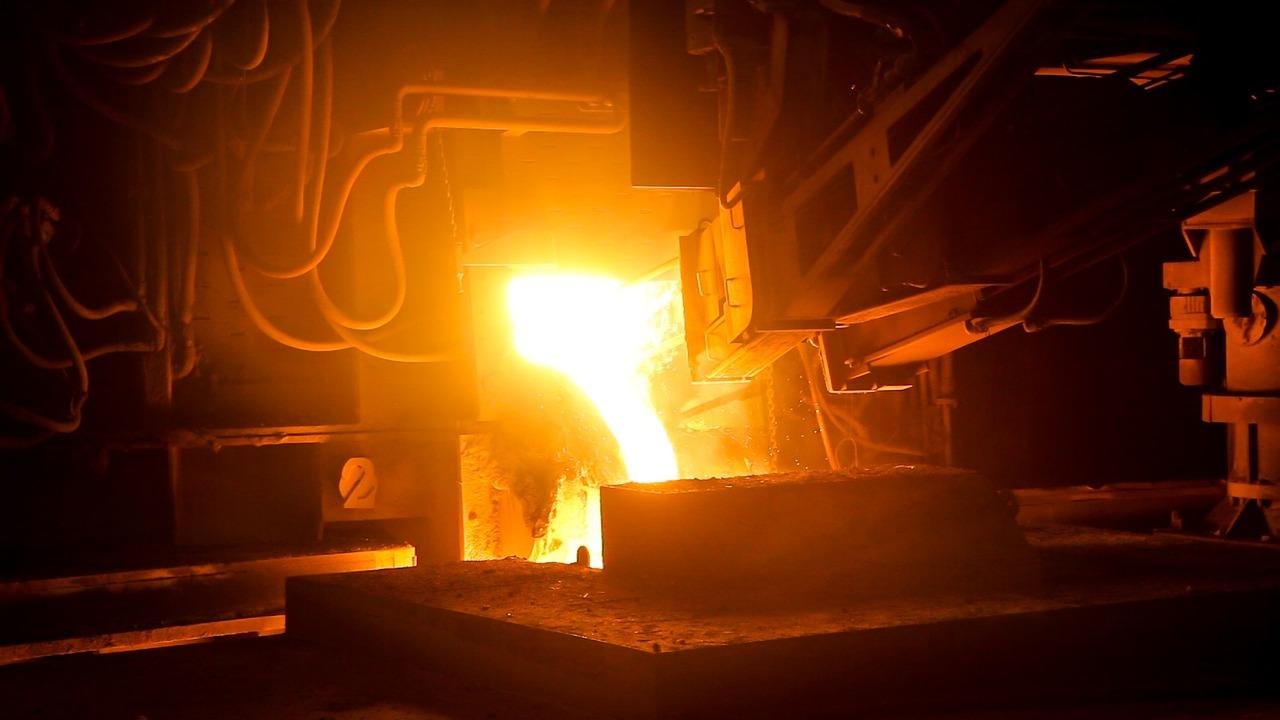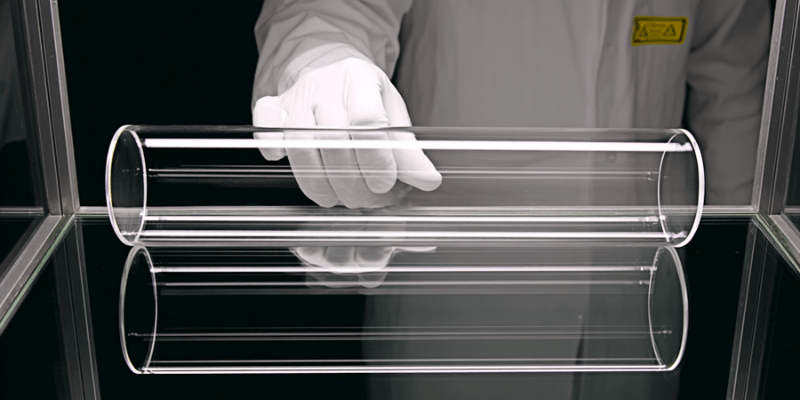Precision fluidics and optical systems in 2025 demand more from capillary tubes than ever before.
Quartz capillary tubes offer dimensional control, chemical resistance, and optical clarity, but optimal selection requires understanding pressure, transmission, and compatibility for each application.

This guide provides a step-by-step framework for engineers and buyers to select, specify, and validate quartz capillary tubes for advanced laboratory and industrial systems.
Fundamental Roles of Quartz Capillaries in Precision Systems
Quartz capillary tubes are essential for controlling fluids and light in high-precision environments. Their unique properties enable reliable operation in microfluidics, chromatography, and fiber optic alignment.
Engineers rely on quartz capillaries for their ability to maintain tight tolerances and resist chemical attack. These tubes are also valued for their low background signal in optical and analytical systems.
Understanding the core functions of quartz capillaries is the first step in making informed design and procurement decisions.
Microscale Fluid Control Mechanisms
Quartz capillaries enable precise manipulation of fluids at the microscale. Their smooth inner surfaces and tight dimensional tolerances support laminar flow and accurate sample delivery.
In microfluidic devices1, capillaries act as channels, mixers, and connectors. Their chemical inertness prevents sample loss or contamination.
Engineers can design complex fluidic circuits using quartz capillaries, supporting innovation in diagnostics and analytical chemistry.
Optical Signal Transmission in Fiber Alignment
Quartz capillaries are used to align and protect optical fibers in communication and sensing systems. Their high transparency ensures minimal signal loss across UV, visible, and NIR wavelengths.
The concentricity and straightness of the capillary are critical for maintaining alignment and reducing insertion loss. Custom bore sizes can be specified for different fiber diameters.
Optical applications benefit from the low autofluorescence and high purity of quartz, supporting accurate measurements and stable performance.
Chemical Stability in Reactive Environments
Quartz capillaries resist attack from acids, bases, and solvents, making them ideal for use in harsh chemical environments. This stability ensures long service life and consistent results.
In analytical and pharmaceutical labs, quartz capillaries prevent leaching of contaminants into sensitive samples. Their inertness is also valuable in high-purity chemical synthesis.
Engineers should always verify material compatibility with process fluids to avoid unexpected degradation.
Critical Performance Parameters for Capillary Selection
Selecting the right quartz capillary tube requires careful evaluation of key performance parameters. These include dimensional tolerances, pressure ratings, and optical transmission.
Matching tube specifications to application needs ensures safety, accuracy, and efficiency.
Dimensional Tolerance Standards (±0.5μm)
Precision applications demand tight control over inner and outer diameters. Quartz capillaries can be manufactured with tolerances as tight as ±0.5μm.
Consistent dimensions are essential for reproducible flow rates and optical alignment2. Engineers should specify required tolerances based on process sensitivity.
Suppliers should provide measurement data and quality certificates for each batch.
Pressure Rating vs Wall Thickness Correlation
The pressure rating of a capillary tube depends on wall thickness, diameter, and material strength. Thicker walls increase pressure resistance but may reduce flexibility.
For high-pressure applications like HPLC3, select tubes with wall thickness ≥0.3mm. Always verify pressure ratings with ISO 13732 or equivalent test data.
Failure to match wall thickness to pressure load can result in tube rupture and process downtime.
UV/VIS/NIR Transmission Specifications
Quartz capillaries transmit light efficiently across UV, visible, and near-infrared ranges. Transmission depends on material grade, wall thickness, and surface finish.
For optical detection or photonic applications, specify tubes with certified transmission data at relevant wavelengths. Low-OH fused silica is preferred for deep UV work.
Engineers should request spectral data and verify compatibility with system requirements.
Application-Specific Selection Matrix for Quartz Capillaries
Different applications require tailored capillary specifications. A structured selection matrix helps engineers match tube parameters to system needs.
Consider ID/OD, surface finish, and material grade for each use case.

HPLC Systems: ID/OD Tolerance Requirements
High-performance liquid chromatography (HPLC) relies on quartz capillaries for precise sample injection and separation. Tight ID/OD tolerances ensure consistent flow rates and peak resolution.
Pressure resistance is critical, so select wall thickness based on system pressure. Request supplier documentation for dimensional and pressure testing.
Proper tube selection improves reproducibility and reduces maintenance in HPLC workflows.
Microfluidic Devices: Surface Energy Considerations
Microfluidic devices use quartz capillaries for channeling and mixing fluids at the microscale. Surface energy affects fluid movement and sample retention.
Engineers may specify hydrophilic or hydrophobic coatings to optimize performance. Surface roughness should be minimized to prevent clogging and sample loss.
Custom fabrication supports integration with chips and connectors for advanced microfluidic platforms.
Fiber Optic Alignment: Concentricity Standards
In fiber optic systems, quartz capillaries align and protect fibers for signal transmission. Concentricity and straightness are vital for minimizing insertion loss.
Specify concentricity tolerances and bore diameter to match fiber specifications. Optical clarity and low autofluorescence support high-precision measurements.
Suppliers should provide inspection data and support custom designs for specialized optical assemblies.
Expert Insight:
A common misconception is that all capillaries can withstand the same pressure. Tests show 0.1mm wall thickness tubes have a 23% failure rate at 10 Bar, while 0.5mm tubes fail only 2% of the time. For high-pressure applications like HPLC, always choose ≥0.3mm wall thickness and verify with ISO 13732 pressure test reports.
Quartz vs. Alternative Capillary Materials: Technical Comparison
Comparing quartz to alternative capillary materials helps engineers make informed decisions for demanding applications.
Key factors include chemical resistance, thermal stability, and optical performance.
Chemical Resistance Comparison
Quartz capillaries offer superior resistance to acids, bases, and solvents compared to glass, polymers, or metals. This makes them ideal for aggressive chemical environments.
Alternative materials may degrade, leach contaminants, or require frequent replacement. Quartz maintains integrity and purity over long service periods.
Thermal Stability Ranges (-50°C to 1200°C)
Quartz capillaries operate reliably from -50°C up to 1200°C. This wide range supports both cryogenic and high-temperature applications.
Polymers and glass alternatives have lower maximum temperatures and may deform or fail under thermal stress. Metals can handle heat but may catalyze unwanted reactions.
Thermal stability ensures safe operation and reduces maintenance in variable temperature environments.
Optical Transmission Performance Metrics
Quartz capillaries transmit UV, visible, and NIR light with minimal loss. This is critical for optical detection, spectroscopy, and photonic systems.
Alternative materials may absorb or scatter light, reducing measurement accuracy. Quartz’s low autofluorescence supports sensitive analytical work.
Request spectral transmission data from suppliers to confirm suitability for your application.
Design Considerations for Capillary-Based Fluidic Systems
System design impacts the performance and reliability of quartz capillary tubes. Engineers must address connection, bending, and coating requirements.
Proper design ensures leak-free operation and long service life.
Connection Interface Design for Leak-Free Operation
Leak-free connections are essential for maintaining sample integrity and system safety. Use compatible fittings and adhesives designed for quartz.
Design interfaces to minimize dead volume and support easy assembly. Test connections under pressure before use.
Regular inspection and maintenance prevent leaks and contamination.
Minimum Bending Radius Calculations
Quartz capillaries are brittle and can crack if bent too tightly. Calculate the minimum bending radius based on tube diameter and wall thickness.
Follow supplier guidelines and use support structures to prevent accidental bending. For tight bends, consider custom pre-formed tubes.
Proper handling reduces breakage and extends tube lifespan.
Coating Selection for Specific Fluids
Surface coatings can enhance chemical resistance or modify fluid interaction. Hydrophobic or hydrophilic coatings are used in microfluidics and analytical chemistry.
Select coatings compatible with process fluids and cleaning protocols. Request supplier documentation for coating durability and performance.
Coatings should not compromise optical clarity or dimensional accuracy.
Precision Machining and Handling Protocols
Precision machining and careful handling are critical for maintaining quartz capillary tube quality.
Follow best practices for cutting, annealing, and cleanroom handling.
Laser Cutting Tolerance Controls (±1μm)
Laser cutting enables precise length and end-face quality. Tolerances as tight as ±1μm are achievable with advanced equipment.
Request process validation and inspection reports from your supplier. Proper cutting reduces edge chipping and improves system integration.
Annealing Procedures for Stress Relief
Annealing relieves internal stress and improves tube durability. The process involves controlled heating and slow cooling.
Specify annealing requirements for tubes used in high-pressure or thermal cycling applications. Document annealing protocols for quality assurance.
ISO 13485 Cleanroom Handling Requirements
Cleanroom handling prevents contamination and supports compliance with ISO 13485 for medical and analytical applications.
Use gloves, clean tools, and dust-free environments during assembly and packaging. Suppliers should provide cleanroom certification and traceability documentation.
Proper handling maintains purity and performance throughout the tube’s lifecycle.
Installation and Performance Validation Methods
Installation and validation protocols ensure quartz capillary tubes perform as expected in real-world systems.
Engineers should implement pressure, optical, and flow testing before full-scale deployment.
Pressure Testing Protocols (Helium Leak Detection)
Helium leak detection is the gold standard for pressure testing quartz capillaries. It identifies microleaks that could compromise system integrity.
Test each tube under operating pressure and document results. Replace any tubes that fail to meet leak-tightness criteria.
Optical Alignment Verification Techniques
Optical alignment is critical for fiber optic and analytical systems. Use laser alignment tools and microscopes to verify concentricity and straightness.
Document alignment procedures and results for traceability. Proper alignment minimizes signal loss and measurement error.
Flow Rate Calibration Procedures
Calibrate flow rates using standard fluids and reference devices. Measure and record flow at different pressures to ensure consistency.
Regular calibration supports reproducibility and regulatory compliance. Adjust system parameters as needed based on calibration results.
Supplier Evaluation Framework for High-Precision Capillaries
Choosing the right supplier is essential for quality, reliability, and support in advanced applications.
Evaluate suppliers based on certification, traceability, and customization capabilities.

Certification Requirements (ISO 9001/ISO 13485)
Suppliers should hold ISO 9001 or ISO 13485 certification for quality management. Certification ensures adherence to international standards and consistent product quality.
Material Traceability Documentation
Request full traceability documentation for each batch of quartz capillaries. This includes raw material sources, production records, and test reports.
Traceability supports compliance and troubleshooting in regulated environments. Reliable suppliers maintain transparent records.
Customization Capability Assessment
Assess the supplier’s ability to provide custom dimensions, wall thickness, and surface finishes. Customization is often required for unique laboratory or industrial setups.
Confirm lead times and feasibility before placing orders. Reliable suppliers support engineering consultation and rapid prototyping.
Conclusion
Selecting quartz capillary tubes for 2025 applications requires careful evaluation of precision parameters, application fit, and supplier capabilities.
Choosing the right quartz capillary tube is a strategic engineering decision. Leverage TOQUARTZ’s direct factory supply, engineering support, and rapid delivery to ensure your system achieves optimal performance—contact us for expert consultation and custom solutions.
FAQ (Frequently Asked Questions)
What is the typical dimensional tolerance for quartz capillary tubes?
Precision quartz capillaries can achieve inner and outer diameter tolerances as tight as ±0.5μm.
How do I ensure pressure safety in high-pressure applications?
Select wall thickness based on system pressure and verify with ISO 13732 test data. For pressures above 10 Bar, use ≥0.3mm wall thickness.
What certifications should I require from a quartz capillary supplier?
Look for ISO 9001 or ISO 13485 certification, and request full material traceability documentation.
How does quartz compare to other capillary materials for chemical and optical performance?
Quartz offers superior chemical resistance and optical clarity compared to glass, polymers, or metals, making it ideal for demanding analytical and microfluidic systems.
References:
Exploring this link will provide you with a comprehensive understanding of microfluidic devices and their applications. ↩
Learn how precise optical alignment ensures accurate measurements and optimal performance in scientific and engineering applications. ↩
HPLC, formerly referred to as high-pressure liquid chromatography, is a technique in analytical chemistry used to separate, identify, and quantify specific components in mixtures. ↩





